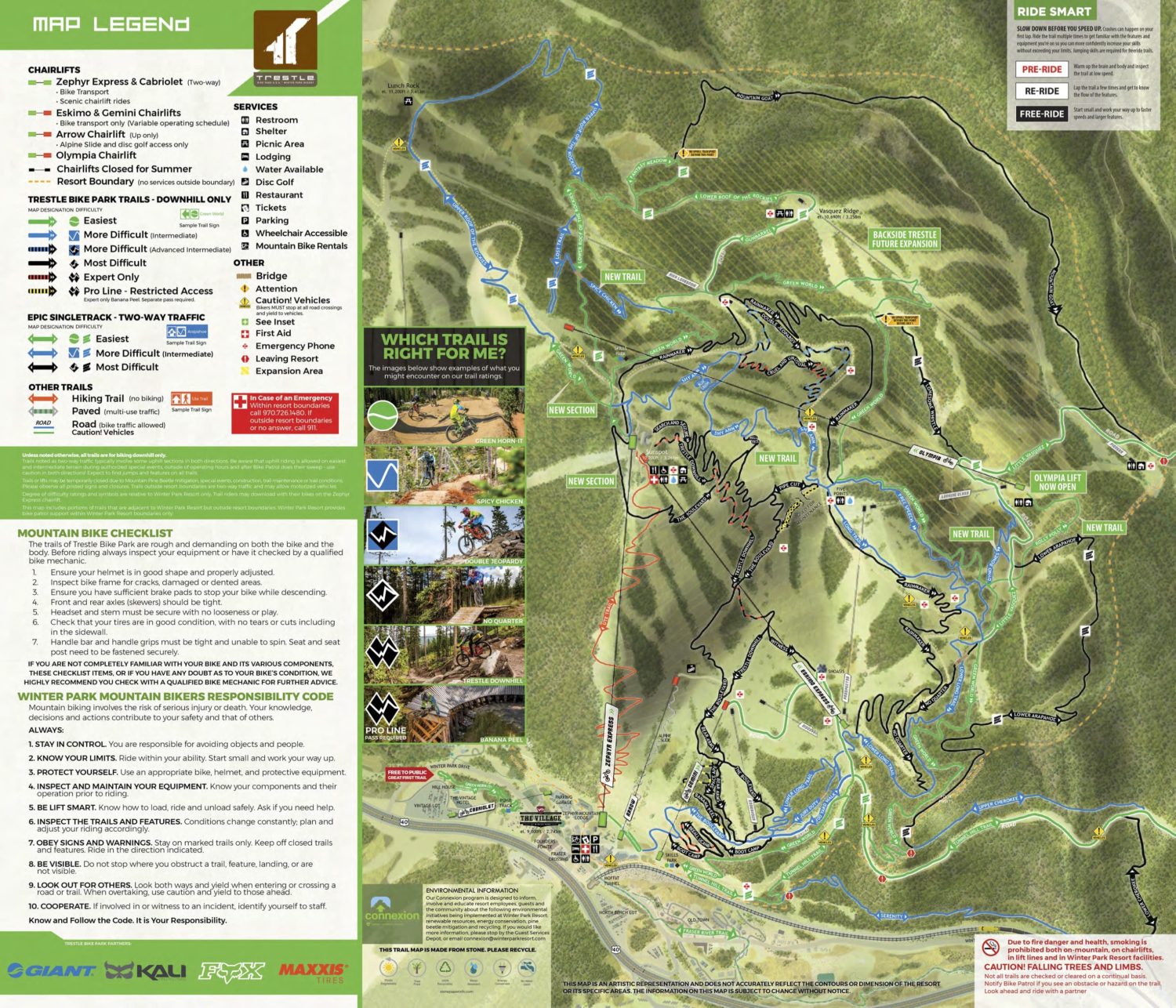
Ask any ski town local why they live there, and I bet many reply ‘I came for the winters, stayed for the summers’.
For decades, summer has been the off-season for ski resorts. Downtime to concentrate on maintenance and upgrades, to run on skeleton staff and prepare for the next big bucks winter season. Winter has always taken care of itself. If it snows, lodges are full of visitors prepared to pay big dollars.
But over the last decade, skiing has seen a decline in participants. Add to this the increasing fears over the effects of climate change, making people question whether there’ll be enough snow to ski on in 50 years time, then it’s clear resorts needed to proactively do something to survive with potentially less snow and fewer visitors.
With all the beautiful terrain, scenery and gorgeous sunny days at their disposal, it wasn’t going to be long until resorts started to diversify and take advantage. Leading the way is Vail Resorts, North America’s biggest ski company. Vail’s recent $25m summer investment was designed to turn it’s ski areas in to 12 month playgrounds, with mountain coasters, zip lines, aerial adventure courses and more hiking and biking trails. All this to make non-skiers realise what locals have known for years: ski towns are worth visiting even when there’s no snow.

Vail’s July 4th celebrations attracted 40,000 people to the streets of Vail to see the parade and watch the fireworks. In winter the biggest event in Vail, the Burton U.S. Open Snowboarding Championships, attracts just 25,000 people.

In Telluride, the Bluegrass festival attracts 48,000 people over a 4 day period and has had 6 record summers in a row. Tom Foley, operations director for DestiMetrics, said:
Telluride is part of the trend of Colorado and Far West mountain resorts that are having record success during the summer since the 2008-2010 recession, despite their traditional origins as “ski towns.” Western U.S. ski-resort marketing organizations have really picked up the ball with regard to summer, and now they have more guaranteed months of solid revenue. Colorado ski towns such as Telluride and Aspen are ahead of the curve with regard to summer activity. Far West ski towns, such as those in California, only began to market their summer offerings in earnest after the recession.
Winter Park Resort, CO, is ‘Mountain Bike Capital USA’ and transforms in to a summer playground for outdoor enthusiasts who love hiking, fishing, horseback riding, rafting, zip lining and golf. The town also hosts a summer of high profile free music events.

The resort offers 600 miles of cross-country biking trails and two downhill parks, mellow rides, heart thumping epic single track and gravity-fed adventure. Every year they host numerous bike races and events all summer long, including the world class Colorado Freeride Festival showcasing the best downhill riders from across the globe.
Over the previous 5 years, Winter Park has doubled it’s lodging tax collection. And just about every Colorado tourist town saw highest-ever summer tax collections last summer, with formerly dormant months like May, September and October growing the most quickly.
According to the Denver Post, 2016 was another bumper summer in Colorado’s high country, with record lodging occupancy and record traffic counts.
And whilst the foundation of any good ski town will always be it’s skiing, it’s clear summer numbers are on the rise. Skiers and snowboarders go in the winter, everybody goes in the summer.